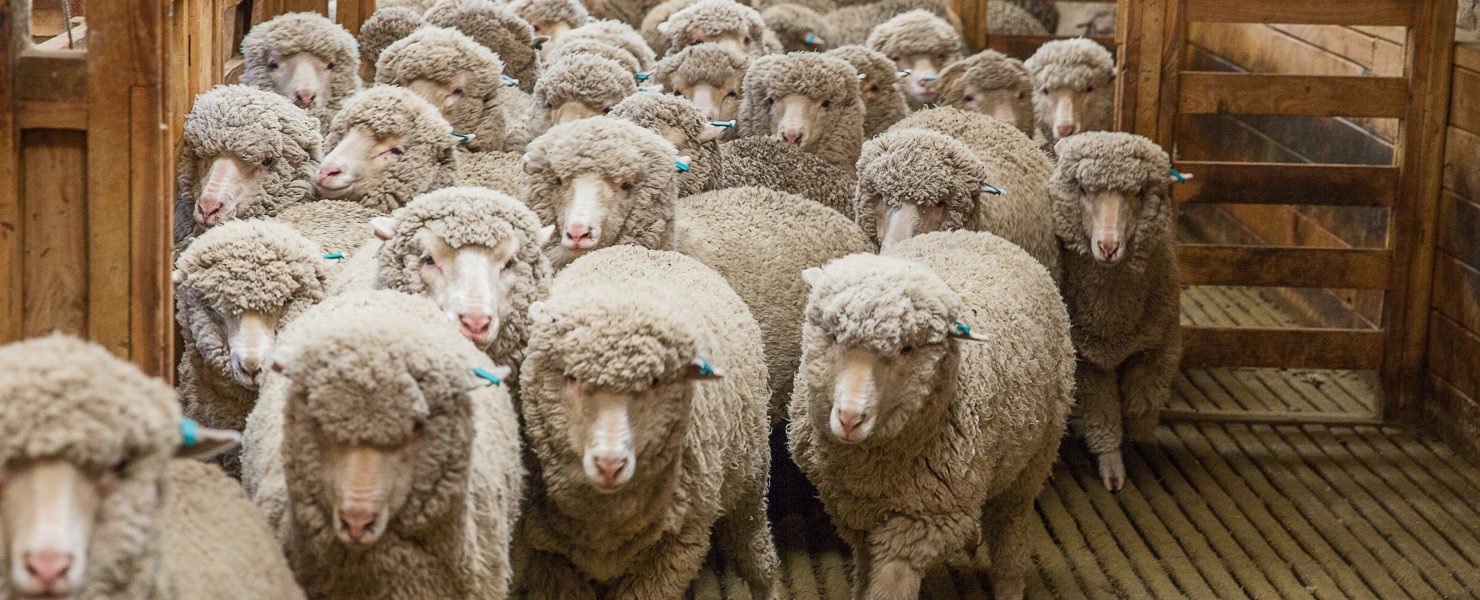
While care is taken to avoid shearing nicks and cuts, it’s not possible to completely prevent them. Thankfully, you can ensure animals don’t suffer as much as a result. Modern pain relief and wound care can easily be incorporated into good flock management practices. There are several products available now that can help reduce inflammation and pain from nicks and cuts, as well as after tailing.
Animal welfare is always a consideration in livestock husbandry practices. That’s why interventions such as tailing are performed to prevent painful ailments like flystrike.
However, consumers are becoming increasingly concerned about where and how the goods they buy are produced. And they use their purchasing power to express that concern, turning to brands that can meet the higher standards that they now demand.
That means brands need to back up their products by demonstrating how they are meeting welfare requirements so they can maintain a premium status and earn a better return.
Pain relief is one such concern that consumers expect to be effectively resolved as much as feasibly possible.
To help meet the animal welfare standards expected by today’s producers and consumers, we recommend discussing the best options available for your mob with your veterinarian.
These may include Metacam®, an injectable nonsteroidal anti-inflammatory, and Tri-Solfen®, an easy-to-apply topical anaesthetic and antiseptic. Both are beneficial after routine livestock interventions by reducing the amount of pain and inflammation, in turn reducing stress and shock, to aid a faster recovery time.
Plus, this assists with reducing the time that animals are off food and potentially not gaining weight.
If it’s bleeding, it needs treating. While shearing nicks don’t need stitches, you can still protect against infection and reduce inflammation (and associated pain) with Tri-Solfen®.
Tri-Solfen® can also be applied to severe cuts once stitched. Plus, it provides a protective layer, much like a plaster, to prevent the wound from becoming infected.
Use Metacam® in conjunction with Tri-Solfen® to reduce pain and inflammation and promote rapid healing.
Step 1. Remove the tail either surgically or with a hot iron, as per the usual procedure.
Step 2. Apply Tri-Solfen® spray to the wound immediately after tail docking.
Tri-Solfen® gets to work reducing inflammation and pain with four modes of action:
How to apply Tri-Solfen®
Apply Tri-Solfen® with the supplied applicator gun in a steady sweeping motion until the wound is fully covered. To prevent inadvertently introducing bacteria into the wound, avoid using your finger to rub in the treatment.
ZQ is The New Zealand Merino Company’s world-leading ethical wool sourcing programme. To attract premium brand partners for their wool ZQ growers commit to high standards of animal welfare, sustainability and social impact. The standard has been updated to require the use of pain relief for castration, tailing and severe shearing injuries. This change has been driven by market forces with brands facing increased scrutiny globally due to quickly evolving consumer expectations.
References: *AWI 2017 Merino Husbandry Practices Survey.
METACAM® is a registered trademark of Boehringer Ingelheim Vetmedica GmbH, used under license. Registered pursuant to the ACVM Act 1997, No’s. A007982.
Tri-Solfen® is a registered trademark of Animal Ethics Pty Ltd Registered pursuant to the ACVM Act 1997, No. A011901.